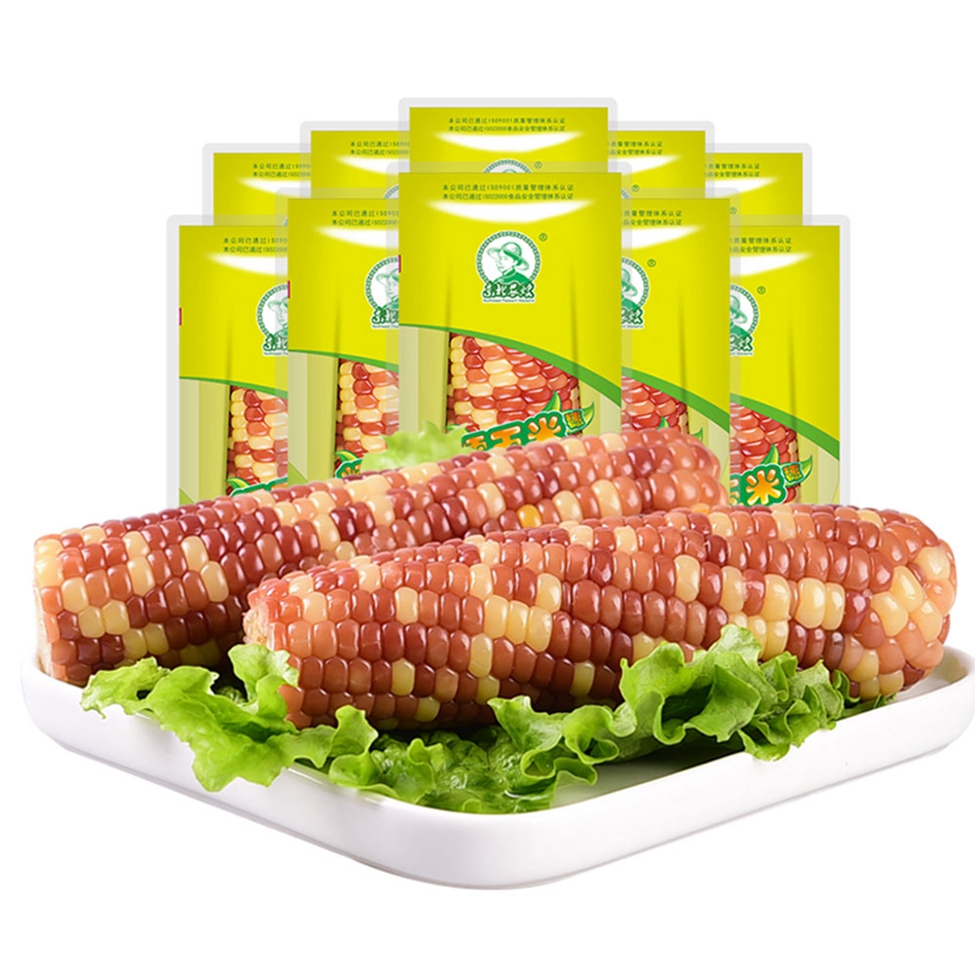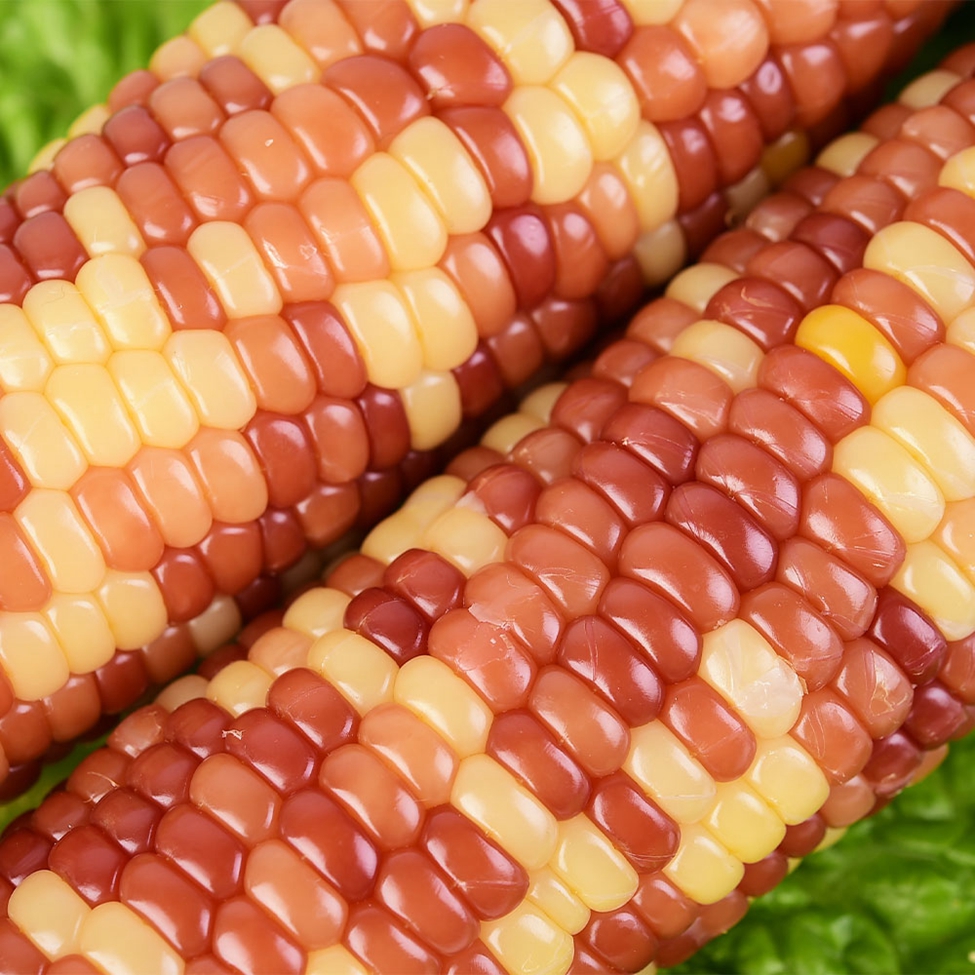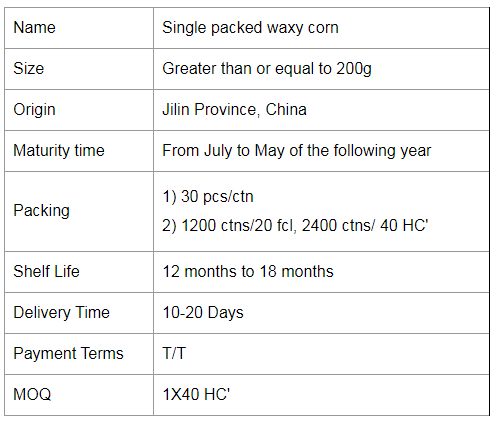Glass lettuce cultivation technology
Because the glass lettuce is resistant to heat and heat, it must be kept away from the hot season or be cooled. Guangzhou is planted from August to March of the following year, and other areas are planted in accordance with the local climatic conditions. Glass lettuce is about 25 days old, and 4-6 true leaves can be planted with a spacing of 1418 cm. Planting soil applied per acre organic fertilizer 4000-5000 kg, superphosphate 20 kg, or compound fertilizer 50 kg, should be planted with soil mulching, timely planting water, planting depth to bury the land is appropriate, can not be buried leaf. 2, field management Lettuce needs more fertilizer, should be applied more frequently, after 5-6 days after planting, catch a small amount of available nitrogen fertilizer, 15-20 days after the mu compound fertilizer 15-20 kg, 25-30 days after the 10-15 kg compound fertilizer, but in No manure can be used as top dressing in the later period. After planting, the amount of water required is large. The soil should be watered according to the weather after the seedlings are slowly growing. The soil moisture should be watered in a timely manner. Normally it should be 5-7 days. Water should not be controlled in the middle and later stages. The greenhouse humidity should be controlled within 5 days before harvesting. To control watering. 3, pest control Lettuce mainly includes sclerotinia, soft rot, and locust infestation. We must do a good job in idyllic cleanliness, choose disease-resistant varieties, start from pollution-free cultivation and management, and do a good job of prevention. Aphids are more harmful in autumn and winter and spring, can be used 40% Leko cream 600-800 times the liquid, or 50% Tuo fog 2000-3000 times liquid spray. Sclerotinia often occurs in 2-3 months, and can be sprayed with 5% quick-inking WP 1000 times or 50% acetaminophen WP 1000-1500 times. Soft rot occurs easily in high temperature and rainy months. It can be used 47% Garnett WP 1000 times, or 77% WP can be sprayed 500 times, etc., and stop using drugs 15 days before harvesting. Disclaimer: Some articles in this website have been transferred from the Internet. If you are involved in third party legal rights, please inform this website. phone Single Packed Mottled Waxy Corn Waxy corn comes in a variety of colours. Some people wonder if waxy corn is a genetically modified product. In fact, it is not. Waxy corn originated in China. It is caused by a genetic mutation. Artificial selection gradually led to the emergence of a type of tannin.
Colorful Waxy Corn,Colorful Mottled Waxy Corn,Single Packed Mottled Waxy Corn,Single Packed Colorful Waxy Corn Jilin Province Argricultural Sister-in-law Food Co., Ltd. , https://www.nongsaocorns.com
Waxy corn, also known as waxy corn, is sticky corn. The grain has coarse, waxy endosperm, similar to shiny, glassy (clear) grains such as hard and dented corn. Its chemical and physical characteristics are controlled by a recessive gene (wx), which is located on chromosome 9. 100% of the starch in the endosperm is straight-chain starch.
Coloured glutinous corn is generally white, yellow, red, purple and black, with white, yellow and purple corn being the basic colours. Purple and white hybrids naturally become purple if the purple gene "beats" the white gene and vice versa, so if the two tie we see white and purple corn. Purple can turn into red and black corn, or as we often say, "red is purple and black is purple". Of these colourful corn, the most common yellow waxy corn is the most nutritious as it is rich in carotenoids...
Currently, the only genetically modified foods sold on the Chinese market are soybean oil and papaya. Waxy maize is a hybrid variety and is not associated with genetic modification. Therefore, it can be concluded that glutinous maize is a hybrid variety and has nothing to do with genetic modification.
Genetic modification is a type of "genetic engineering" in modern science and technology, which makes use of modern molecular biology techniques. Hybridisation is the mating of individuals of different genotypes to produce offspring that are different from the original "pure" breed. In a sense, it belongs to the natural exchange of genes that can occur in nature.


